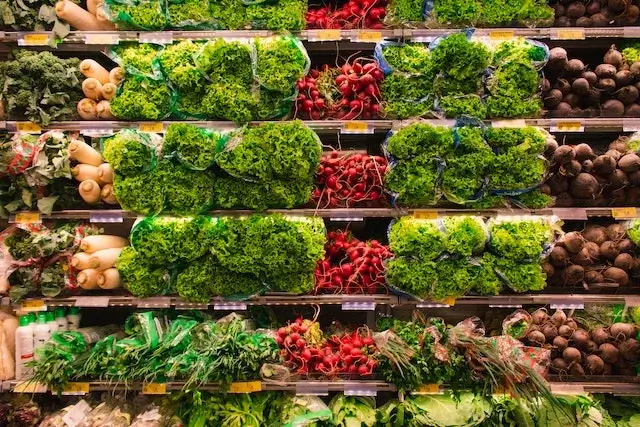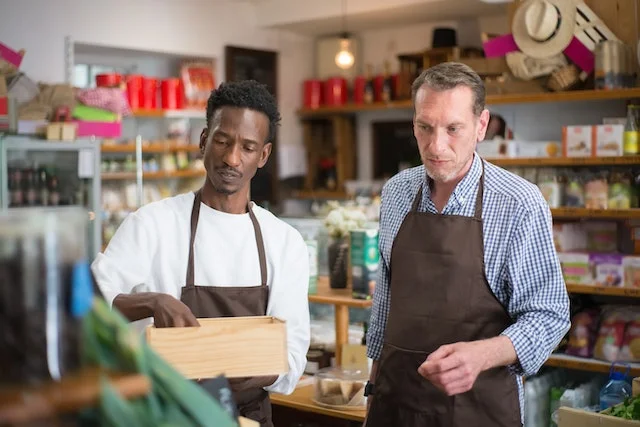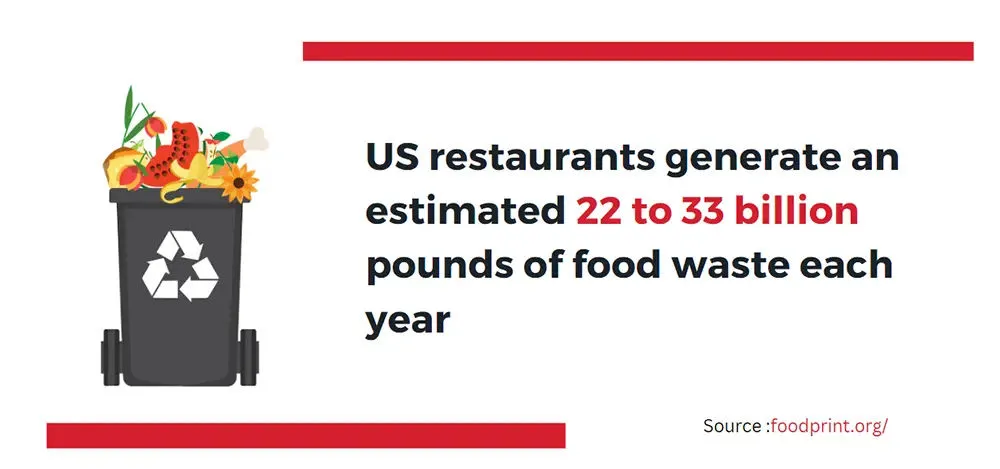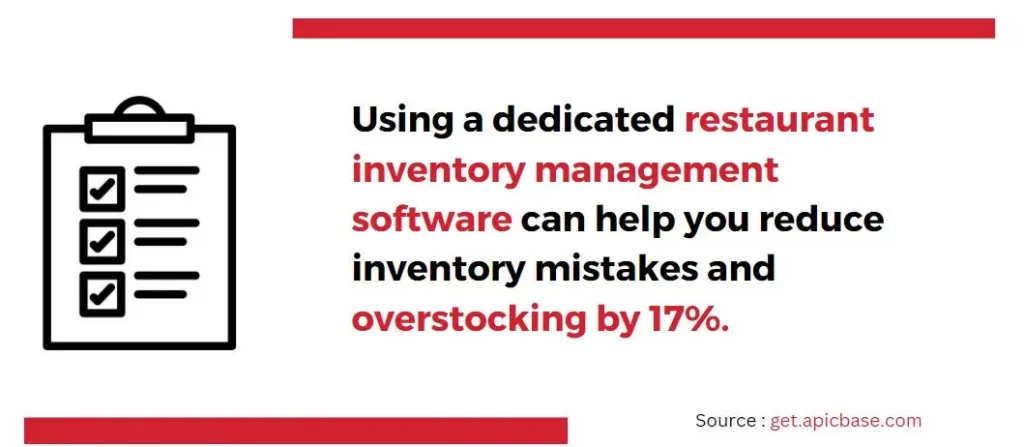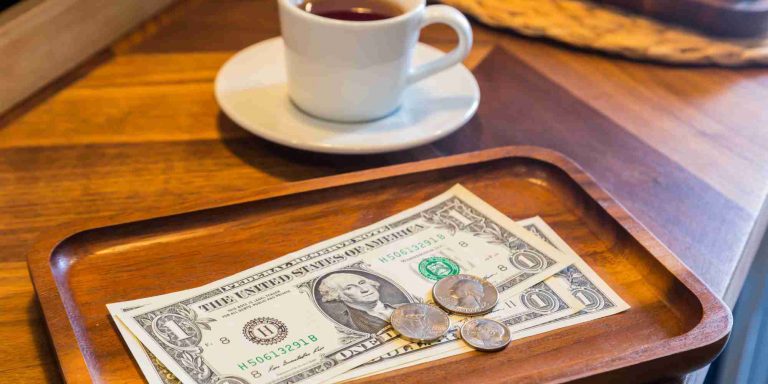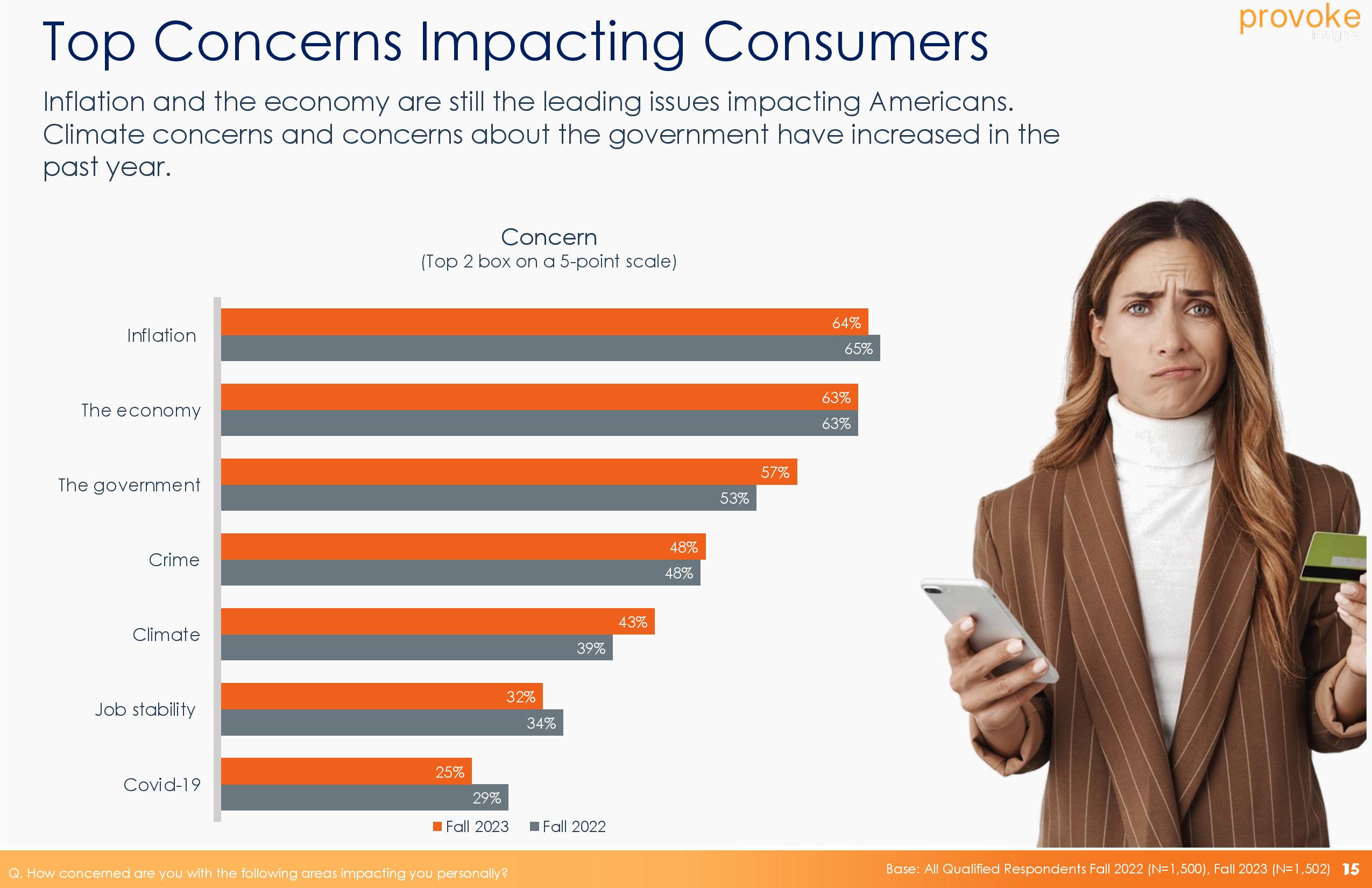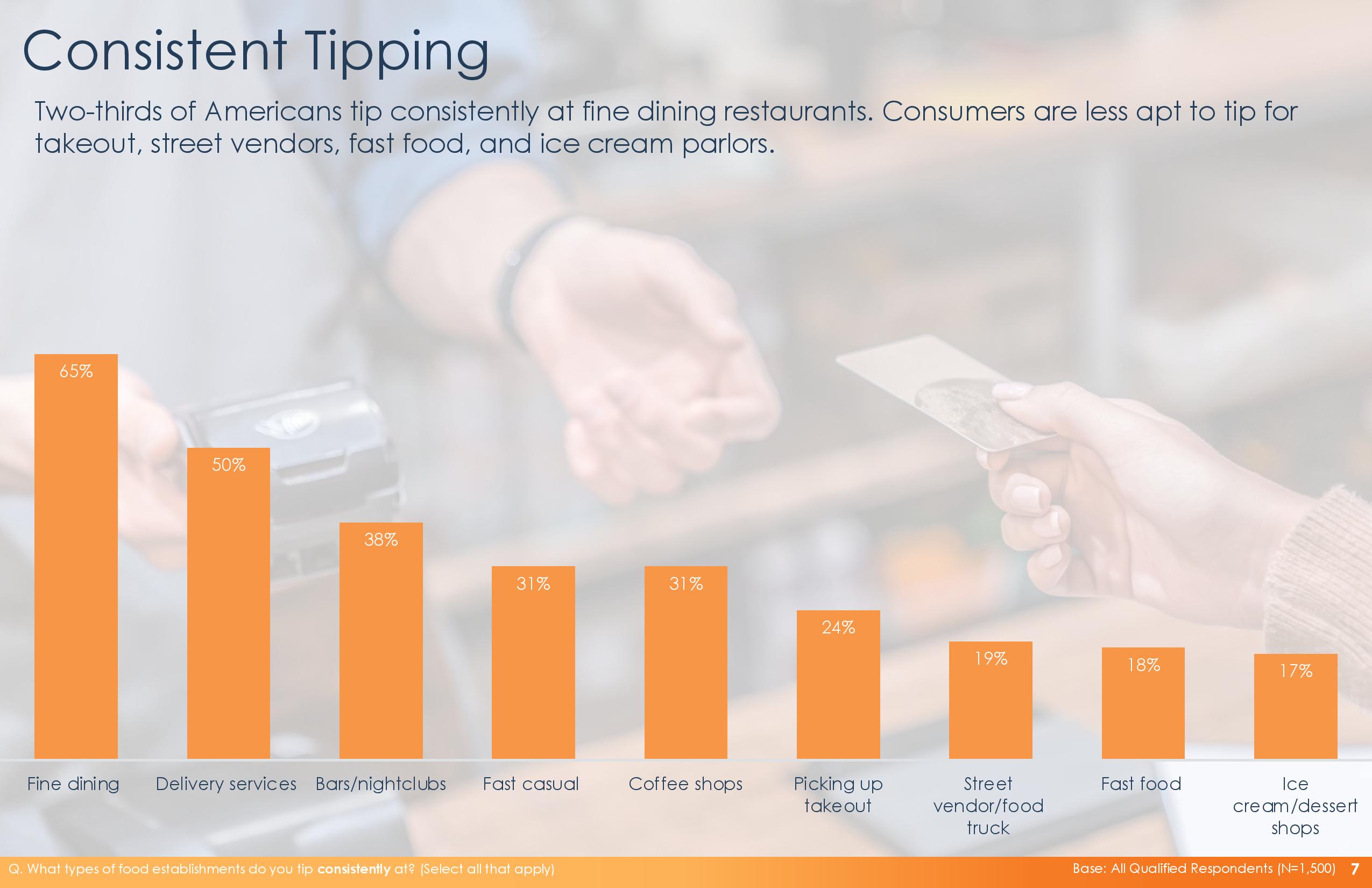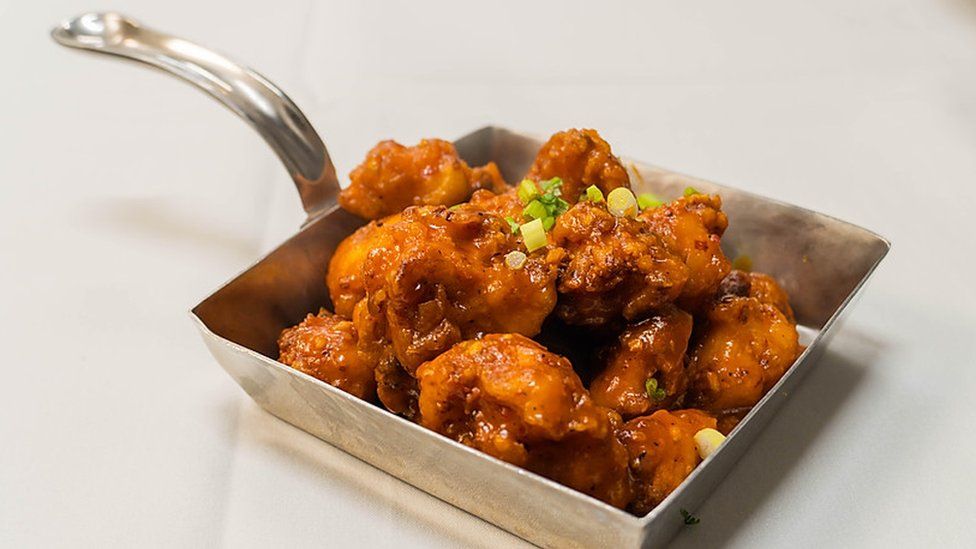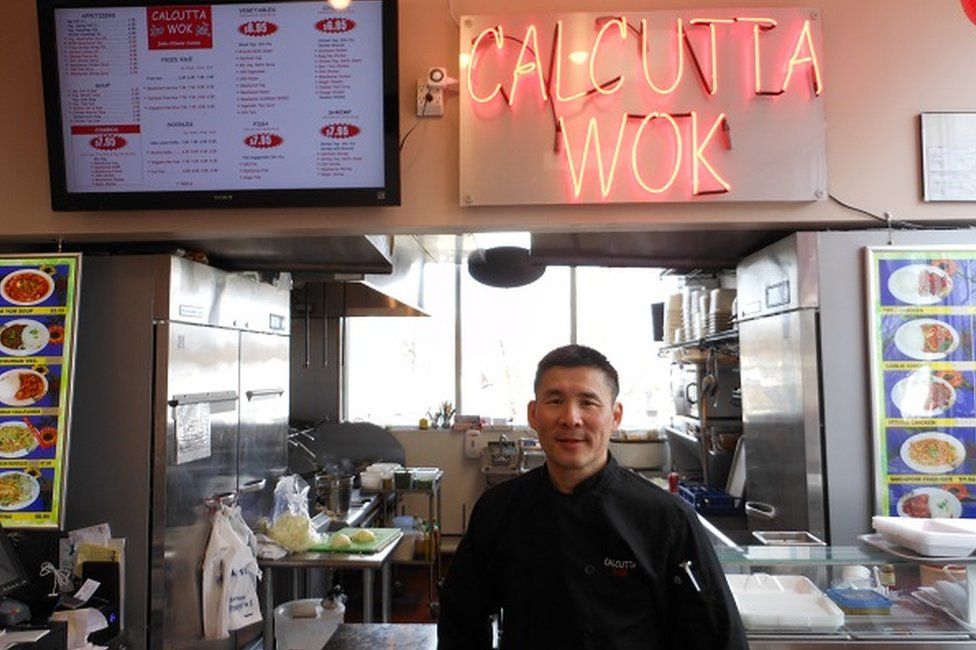Adaptability will be key in 2024.
We’re heading into a new year, and while that brings celebrations, new beginnings, and moments for reflection, it’s important to anticipate that challenges may not be far behind. The quick-service restaurant industry is no stranger to adversity. But to really predict any potential challenges or growth opportunities in 2024, it’s best to look at the last few years leading to this point.
COVID-19’s Impact on the Quick-Service Industry
No industry was left untouched by the pandemic. Every company, no matter what sector they were in, had to pivot their strategy to keep their doors open. The National Restaurant Association estimated that approximately 100,000 permanently closed during the pandemic. For restaurants, this meant a massive shift to online ordering, carry out, delivery and taking care of the guests ever changing needs. Overnight, customers were forced through government policy, to eat food off premise as dining-in was either limited or eliminated.
More 2024 predictions
The Restaurant Lessons We Learned in 2023
What’s the Big Restaurant Tech Trend Nobody is Talking About Yet?
Fast-Food Trends for 2024: The Age of Automation and Customer Experience
Third-party delivery apps like Uber Eats, DoorDash, Grubhub, and Postmates soared in popularity, with consumers and restaurants both taking advantage of contactless delivery. Brands that had developed an app prior to 2020 saw increased usage across their client base. For example, Chipotle went into 2020 with less than 10 million app users. By October of 2021, they had more than 24.5 million members—learning them a 40 percent increase in only a year.
Mobile ordering, due to its convenient nature, is here to stay. A recent study showed that 71 percent of consumers had recently ordered food through a mobile app. Most of the respondents cited that convenience was the main factor influencing their purchase.
Industry Growth is on the Horizon
Even with dining room shutdowns, reliance on takeout and delivery, and a slow return to on-premise dining, the global quick-service industry has been able to bounce back and is now poised for growth in the coming years. In 2023, the worldwide quick-service restaurant market was valued at $7.981 billion. From now until 2031, it’s projected to grow at a compound annual growth rate of 8.88%, reaching an estimated value of $13.297 billion by the end of the forecast period.
However, even with strong growth projections, an industry can still face obstacles. The pandemic changed the landscape of many businesses. While it’s no longer considered a public health emergency by the CDC, many of the behaviors people adopted during COVID-19 have become mainstays of normal life.
Potential Challenges Quick-Serves May Face
Difficulties such as hiring and unprecedented inflation can make generating a strong return on investment tougher than the past.
Labor shortages and rising wages: while the labor market has improved the past six to twelve months, the industry is likely to face ongoing challenges in both recruiting and retaining employees. This has been exacerbated by workers continuing to seek higher wages.
Higher interest rates: Securing loans will likely be more difficult for small businesses. Due to the Federal Reserve’s interest rate hikes over the last couple of years and the collapse of three large banks—Silicon Valley Bank, Signature Bank, and First Republic Bank—lenders are all tightening their purse strings. New or expanding businesses may struggle to secure loans in 2024 without the contribution of sufficient capital by the investors.
Rising inflation costs: In recent years, the industry has grappled with rising inflation impacting both food and service costs. Although inflation has eased somewhat for goods, the service sector continues to bear the brunt of high inflation expenses. Additionally, the cost of constructing new restaurants has seen a notable increase compared to the past two years in particular.
Consumer spending habits: Consumers have suffered the most from astronomical inflation costs. In fact, a recent survey revealed that restaurants and bars were the second nonessential category to see a drop in sales. Of the respondents, 62% admitted to spending less on meals out.
Health and sustainability concerns: Consumers are becoming increasingly more health-conscious and environmentally aware. In fact, nearly 80 percent of U.S. consumers take into consideration a brand or product’s sustainability practices when making purchasing decisions.
Anticipated Growth Opportunities for Quick-Service Restaurants
Even though consumerism has transformed, change can bring about new opportunities when fully embraced by restaurant operators and brands.
Technology integration: Considering how important technology was to restaurant survival during the pandemic, it would only make sense for quick-service restaurants to continue integrating new tech into their operations. Penn Station East Coast Subs, for example, has recently committed significant resources to technological advancements—all of which will be unveiled in the coming year.
Menu innovation: To keep up with consumer demand, quick-service restaurants need to look at offering healthier, sustainable, and diverse food options to attract a broader customer base. This includes limited time offers to keep both current guests engaged and attract new customer.
Space redesign: With mobile ordering and delivery remaining popular in the post-pandemic world, quick-serves may want to look at reworking their restaurant space to better accommodate takeout orders—thus reducing dine-in space.
Strong branding: Consumers want to engage with a brand. Strong marketing isn’t just a well put together ad campaign anymore. Participating in conversations on social media is becoming more important. Brands need to have more than just a name, they need personality, too.
Sustainability: Adopting eco-friendly practices can not only reduce operational costs but also appeal to environmentally conscious consumers.
Strategies for Quick-Service Operators and Investors
It’s unlikely that any quick-service restaurant owner can immediately seize all of the opportunities listed above. Picking one or two things to focus on in the new year is a great strategy. Look at what it is that you’re excelling at. Do you have a strong social media presence? Are you regularly incorporating new menu items to suit consumer trends? If not, these could be good areas to start making changes.
Adaptability will be key in 2024. As trends and consumer demands evolve over the next 12 months, the businesses who show flexibility will see lasting success.








